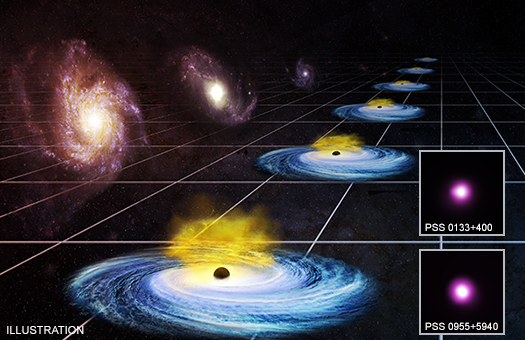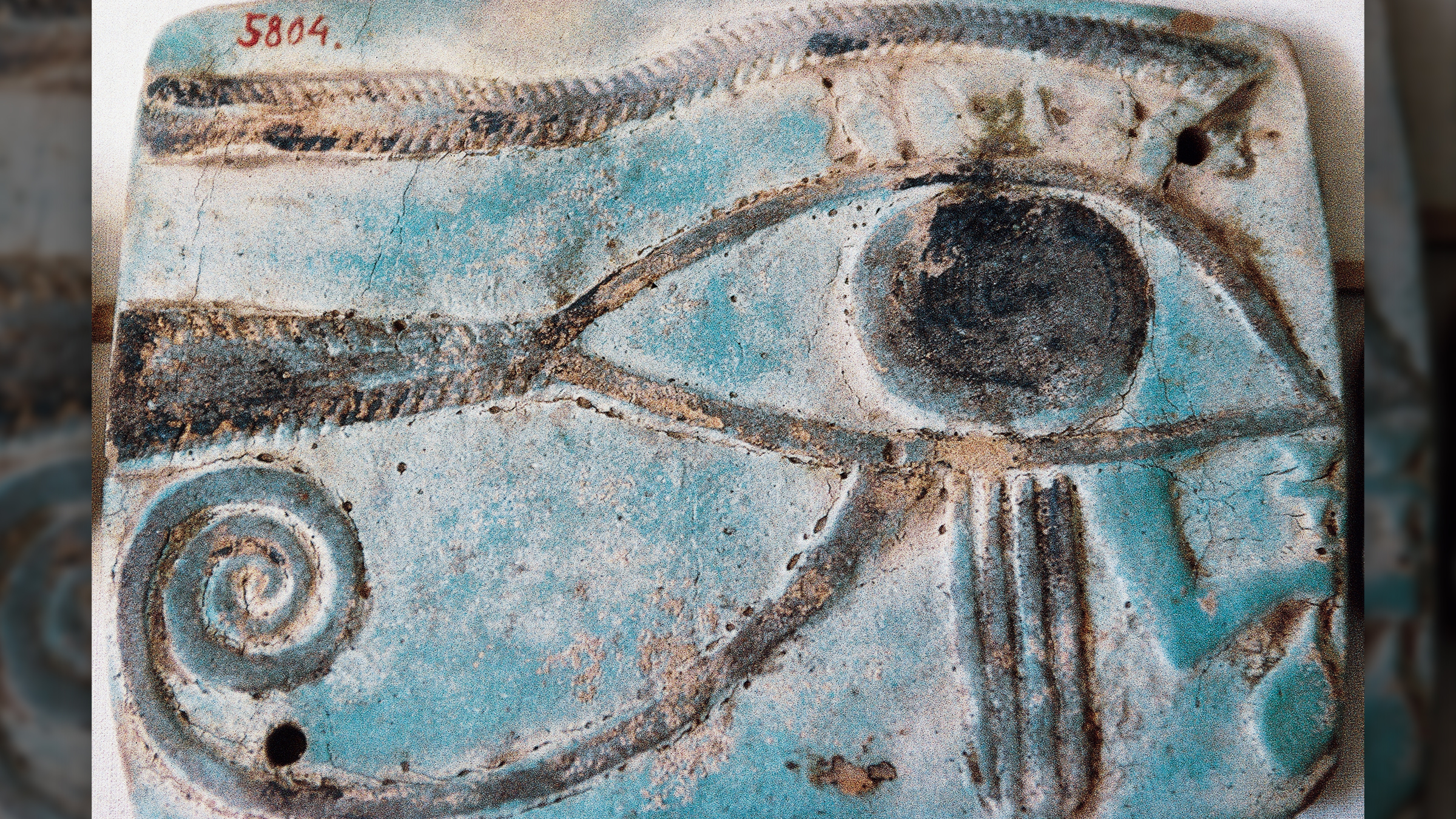Dark Energy
Latest about Dark Energy

Largest dark energy map could reveal the fate of the universe
By Tom Metcalfe published
A telescope in Arizona modified to measure the true distance of galaxies has produced the largest three-dimensional map of the universe ever.
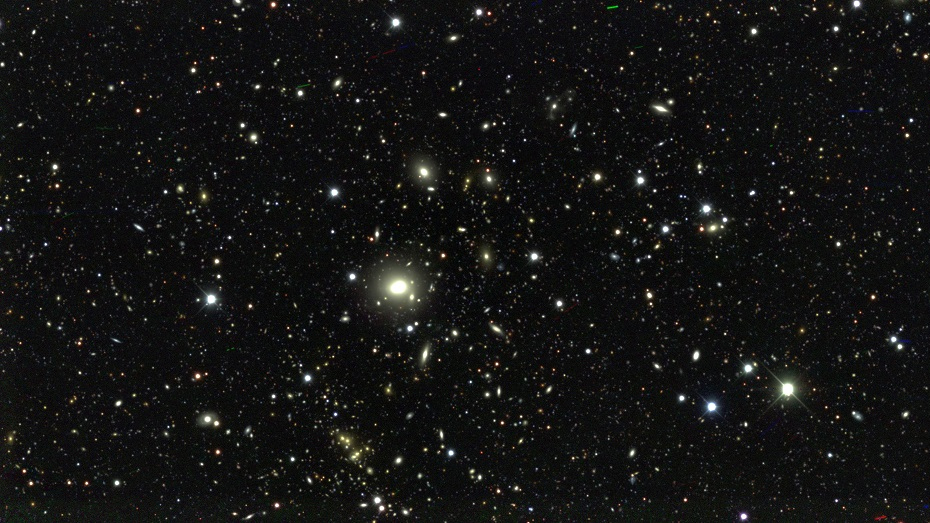
Did a dark energy discovery just prove Einstein wrong? Not quite.
By Paul Sutter published
The Dark Energy Survey just released its most comprehensive results. But did they really prove Einstein wrong?
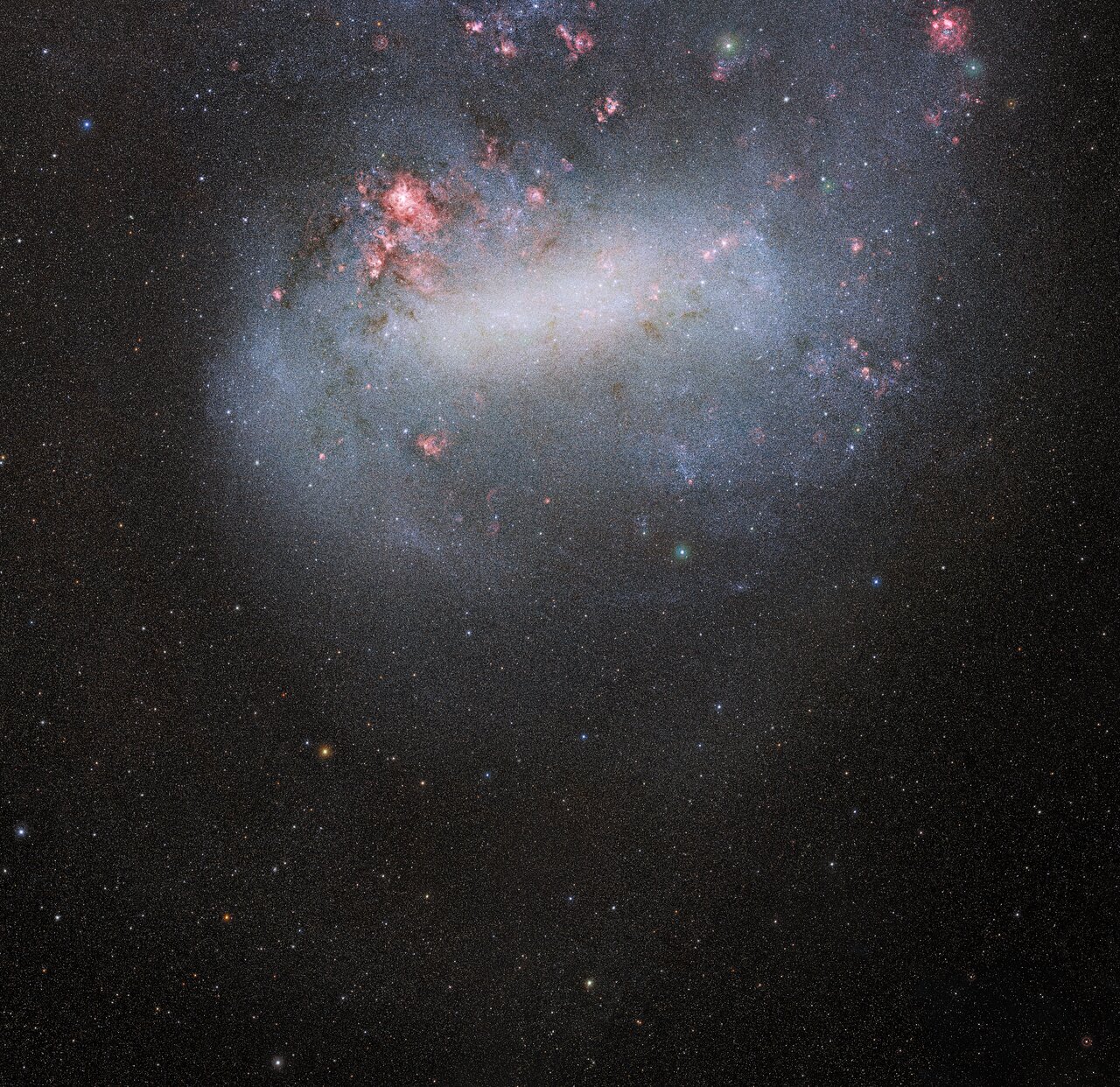
Dark energy camera takes hyper-detailed images of nearby dwarf galaxies
By Kasandra Brabaw published
New, stunningly detailed images of the Large and Small Magellanic Clouds have the potential to revolutionize our understanding of the stars making up these two dwarf galaxies.

Is there more than one dark energy?
By Paul Sutter published
What if there is more than one cosmological agent for dark energy? This mixture would have strange effects in our universe, making it potentially detectable with upcoming surveys.

Dark Energy Is Real, Despite Claim to the Contrary
By Chelsea Gohd published
Researchers claim to have found serious fault with the existence of dark energy, but not everyone is buying into it.
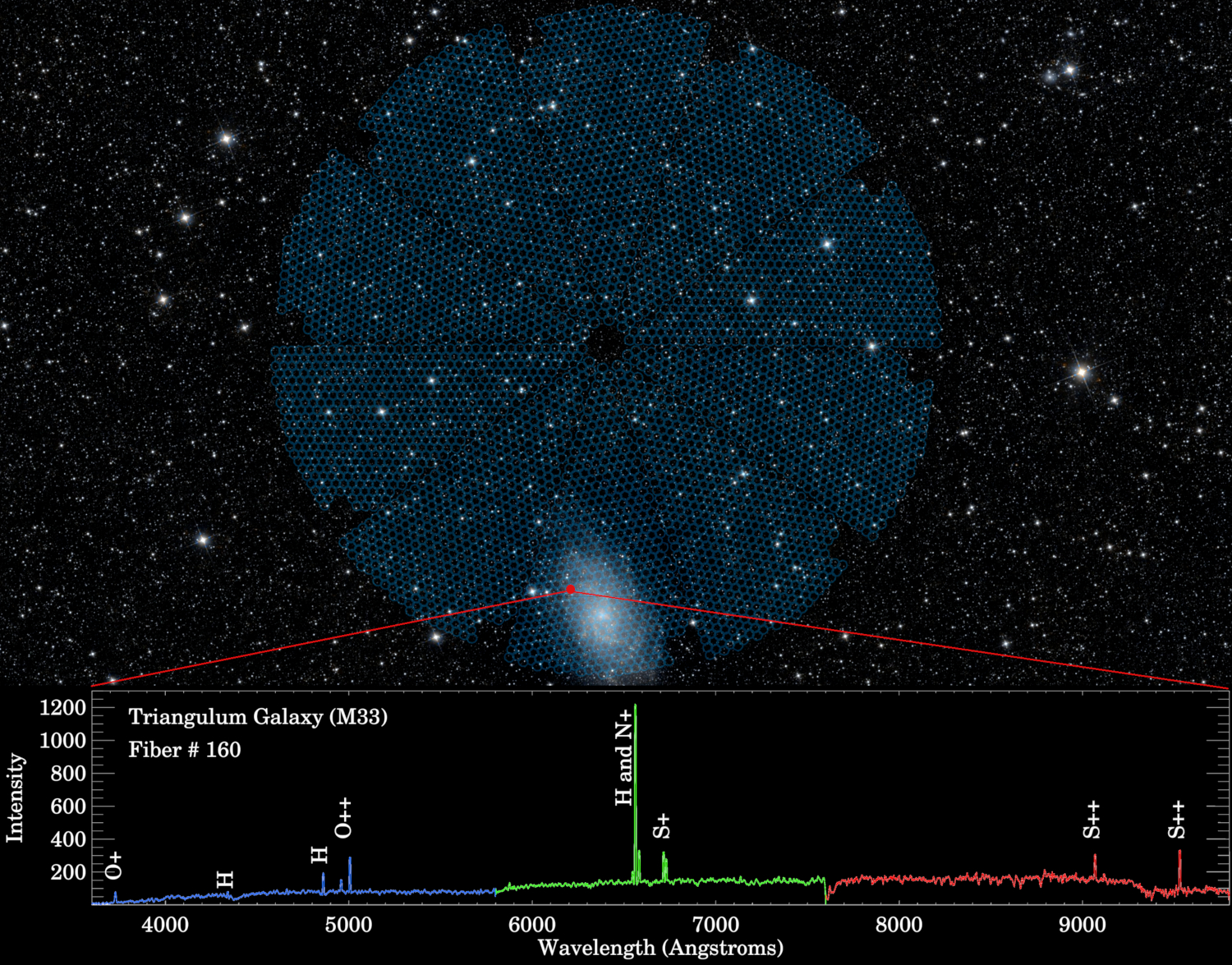
5,000 Mini-Eyes Just Blinked Open to Scan the Skies for Dark Energy
By Yasemin Saplakoglu published
Astronomers recently completed the first test run of the nearly-complete Dark Energy Spectroscopic Instrument (DESI)
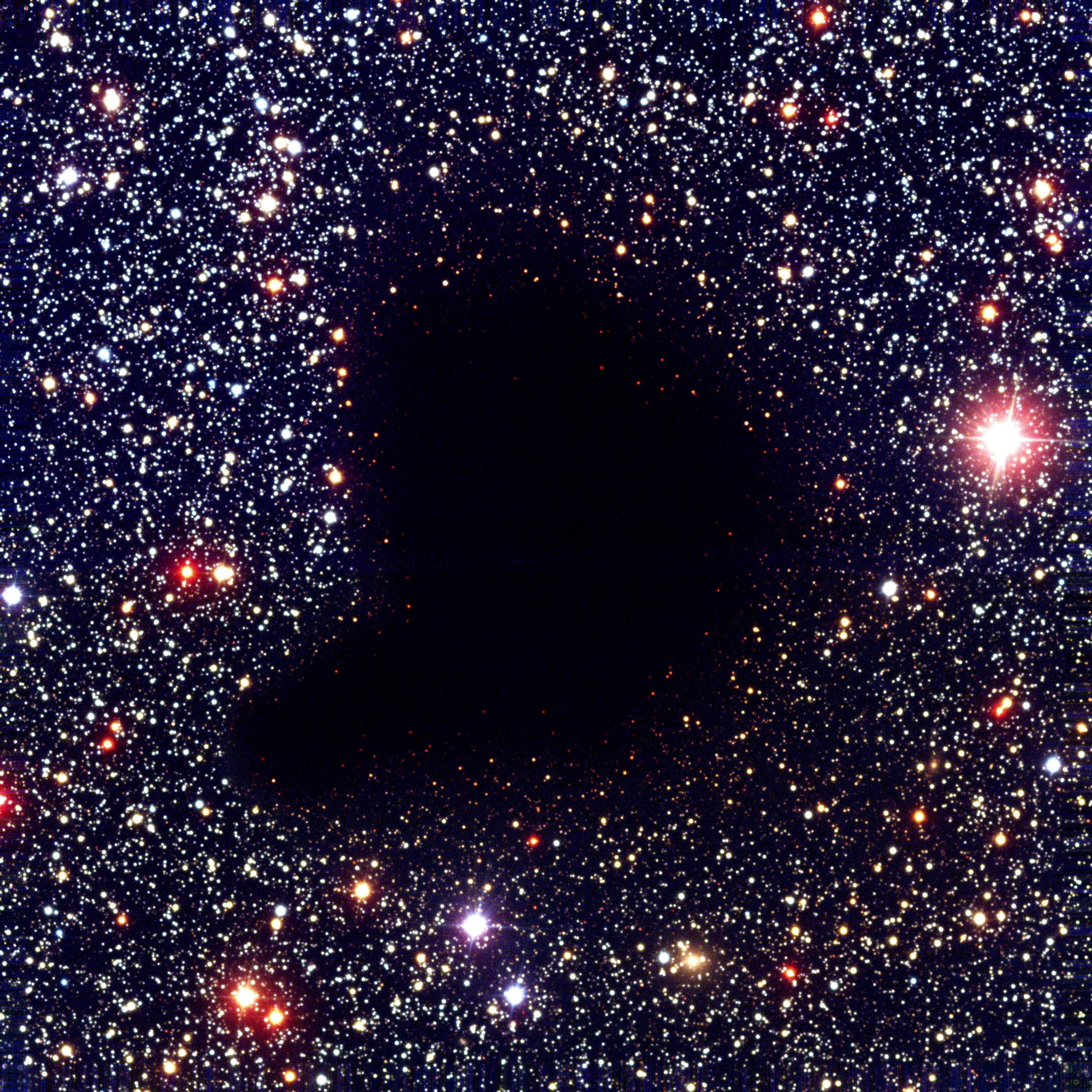
New Dark Energy Data Emerges from Misshapen, Distorted, Ancient Voids
By Rafi Letzter published
There are voids in the universe, and we can't see them properly. But the good news is that astronomers just got much better at not seeing them properly.
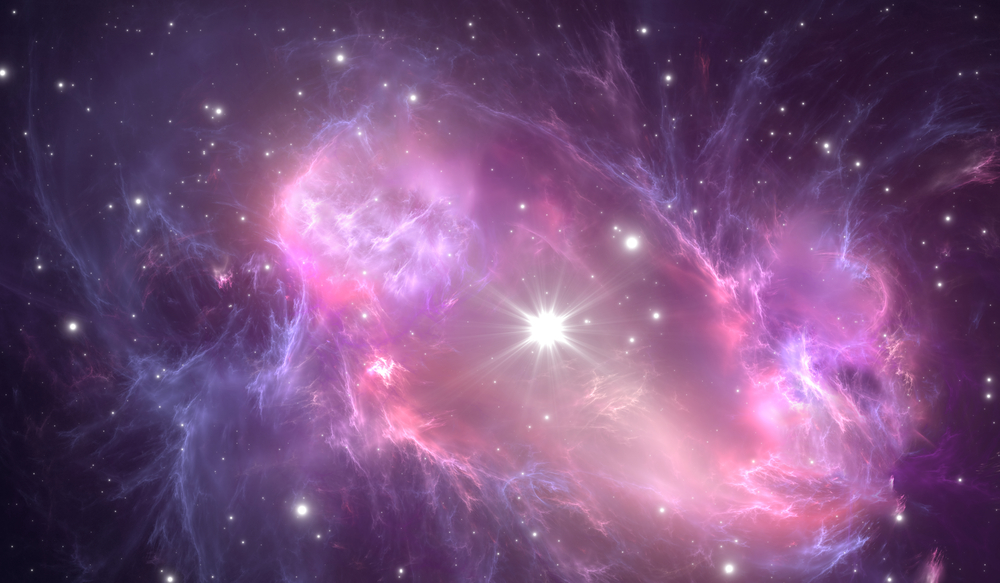
Exotic 'Early Dark Energy' Could Be the Missing Link That Explains the Universe's Expansion
By Mara Johnson-Groh published
Measures of the universe's expansion taken from different sources don't match. An exotic form of dark energy particles could be the reason why.
Sign up for the Live Science daily newsletter now
Get the world’s most fascinating discoveries delivered straight to your inbox.
